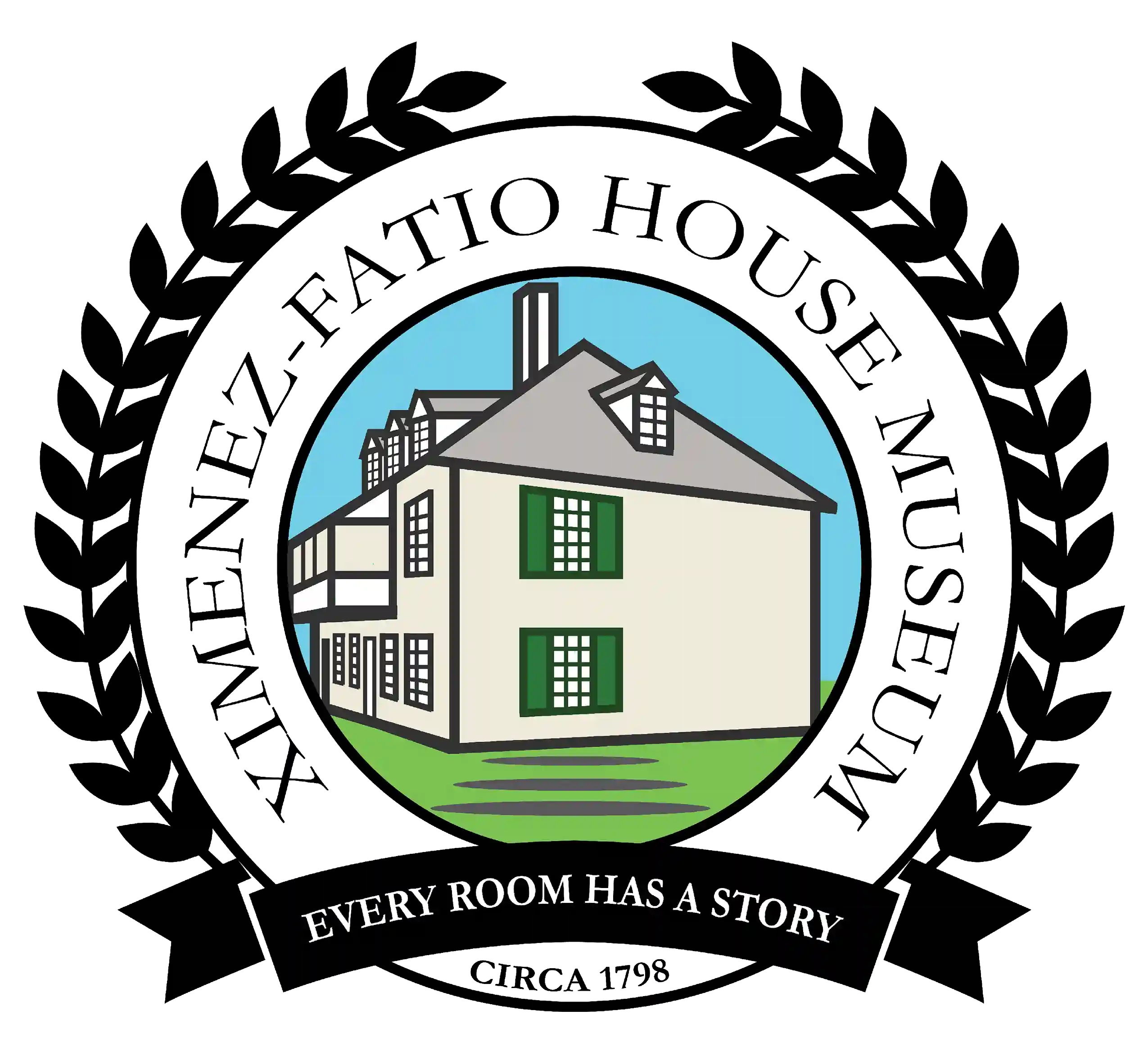THE XIMENEZ-FATIO HOUSE
Annual Membership Program
In honor of the 225th anniversary of the construction of the Ximenez-Fatio House, we are launching a new annual membership program!
Annual membership starts at just $30 and includes exclusive perks and privileges such as complimentary admission, Fig Tree Gift Shop discounts, and early access to our unique programming and events.
Annual membership at the Ximenez-Fatio House Museum provides critical support to the sustainability of the museum property and grounds. It allows us to continue our mission of historic preservation, restoration, and education. Without these very important funds, we could not continue the legacy of the women who worked tirelessly to provide for their families and guests for 225 years.
Thank you to our current and future members for your support!

Our Annual Memberships
All Memberships include a Quarterly Newsletter, Email updates, and Early Access to Special Tours and Events.
Louisa’s Locals
St. Johns County Residents and Flagler College Students-
Admission does not include specialty tours and events.
- unlimited admission to the museum for 1 guest
- 10% discount at the Fig Tree Gift Shop
Remembering Rosa
Open to the public and NSCDA Members-
Admission does not include specialty tours and events.
- unlimited admission to the museum for 2 guests
- 10% discount at the Fig Tree Gift Shop
Enterprising Eliza
Open to the public and NSCDA Members-
Admission does not include specialty tours and events.
- unlimited admission to the museum for 4 guests
- 10% discount at the Fig Tree Gift Shop
Most Popular
First Lady Juana
Open to the public and NSCDA Members-
Admission does not include specialty tours and events.
- unlimited admission to the museum for 4 guests
- 20% discount at the Fig Tree Gift Shop
- membership in NARM and ROAM reciprocal programs
Louisa Fatio
Rosa
Eliza Whitehurst
Juana Ximenez
The National Society of Colonial Dames of America in the State of Florida has complied with the registration requirements of Chapter 496, Florida Statutes, the Solicitation of Contributions Act. Registration Number: CH16243. “A COPY OF THE OFFICIAL REGISTRATION AND FINANCIAL INFORMATION MAY BE OBTAINED FROM THE DIVISION OF CONSUMER SERVICES BY CALLING TOLL-FREE (800-435-7352) WITHIN THE STATE. REGISTRATION DOES NOT IMPLY ENDORSEMENT, APPROVAL, OR RECOMMENDATION BY THE STATE.”
